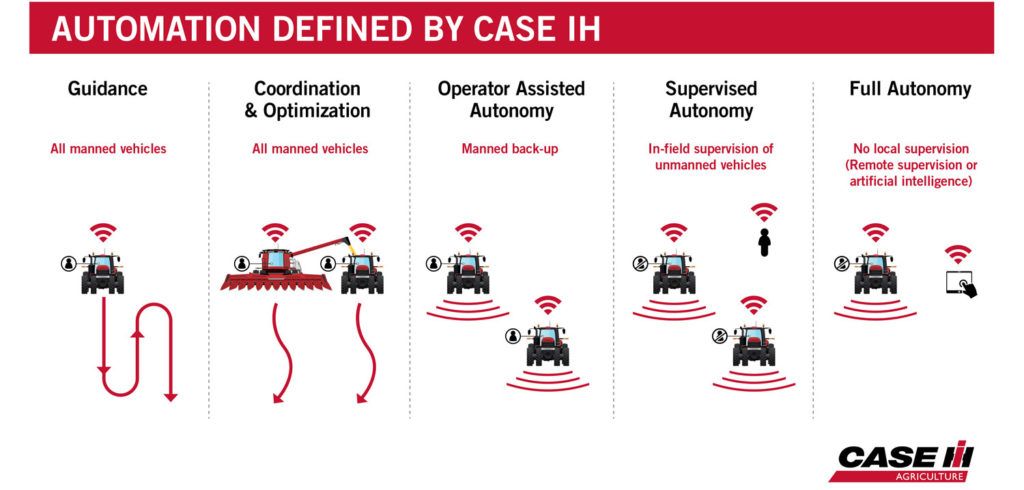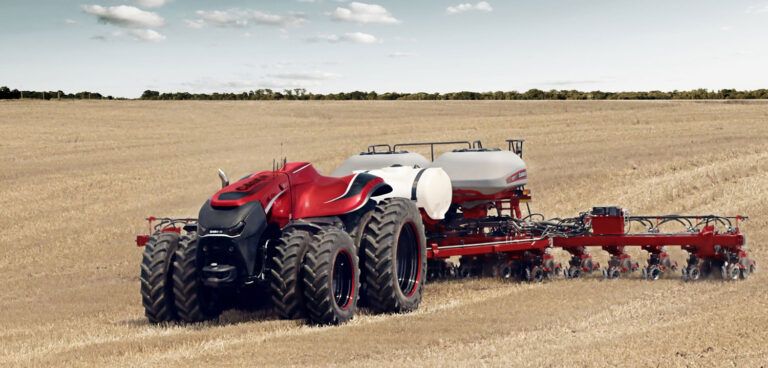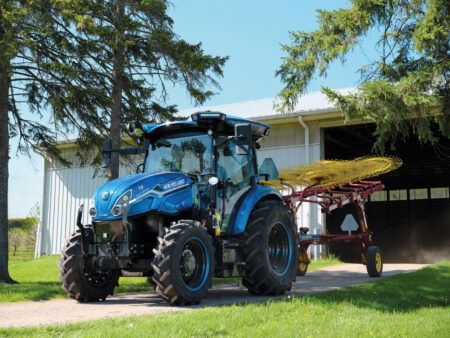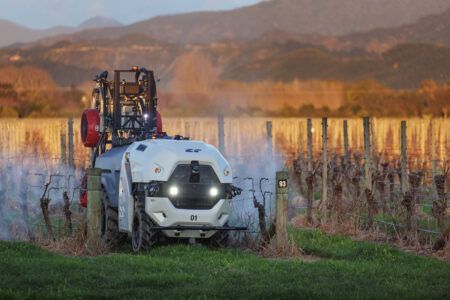Case IH is to test autonomous technology in real-life farming scenarios in its latest field trial, the Autonomy and Automation Program, which will strive to ascertain how the systems can be used to meet the requirements of the agricultural industry.
“While the autonomous concept vehicle reveal in 2016 showed the world what’s possible with autonomous vehicles, it was just that — a concept. This working tractor provided a platform for us to start discussions with farmers and the industry about the technology needed for high-efficiency farming operations today and in the future,” said Robert Zemenchik, Case IH AFS global product manager.
“The only way to validate on-farm uses for autonomous technology is, quite literally, with field pilots where farmers use it on their own farm, integrate it into their own fleet and conduct their everyday activities.”
Focus on repetitive tasks
Working with one of the USA’s largest carrot producers, Bolthouse Farms, the pilot will initially focus on primary and deep tillage. Both of the tasks are highly repetitive ones that Bolthouse Farms conducts all year and for which it relies on a small fleet of autonomous Steiger Quadtrac tractors pulling a True-Tandem disk harrow or Ecolo-Tiger disk ripper.
“One of the primary goals is to receive agronomic and operator feedback on the use of autonomous technology in real-world farm conditions so Case IH can further develop and refine our technological control and machine optimization systems,” Zemenchik said.
“Additionally, we will be able to learn from Bolthouse Farms what uses they envision for automation and autonomy that we might not have already thought of.”
Brian Grant, Bolthouse Farms vice president of agriculture, said, “We’re just now starting to play the ‘What if?’ game — where we’re asking ourselves and the Case IH engineers the questions about what autonomous tractors are capable of, and the answers to these questions are not ‘if’ but ‘when’.”
In preparation for the pilot, Case has come up with five categories of automation. Progressively increasing in the level of autonomy, they are: guidance, coordination and optimization, operator assisted, supervised, and full autonomy. According to the company, current and future technology needs fall in to one of the five categories for agricultural field applications.






